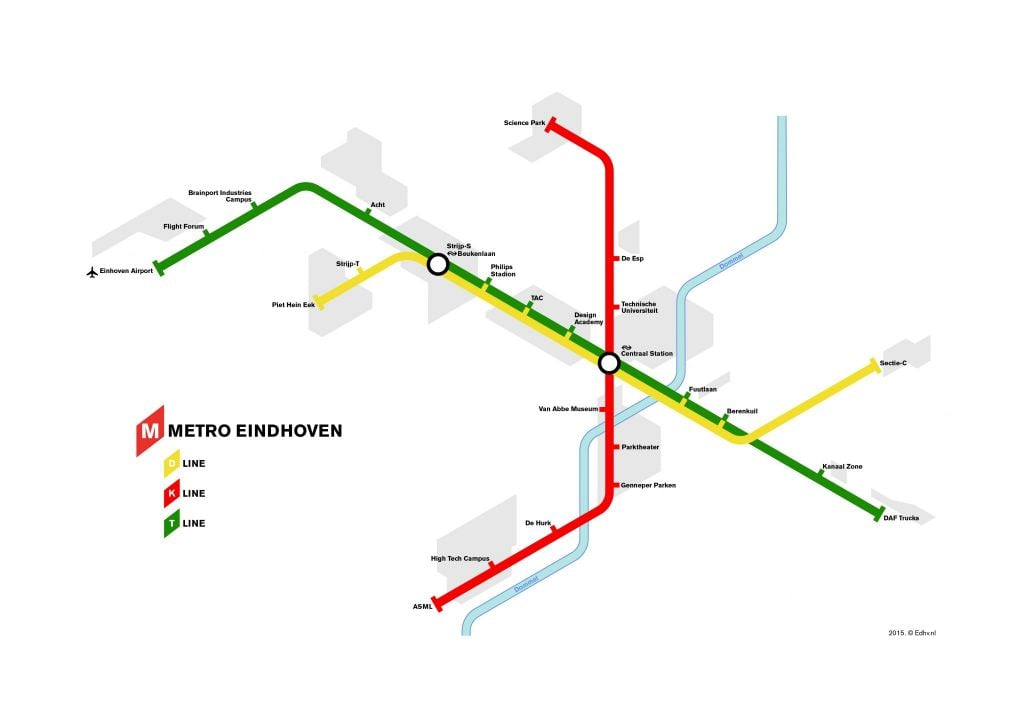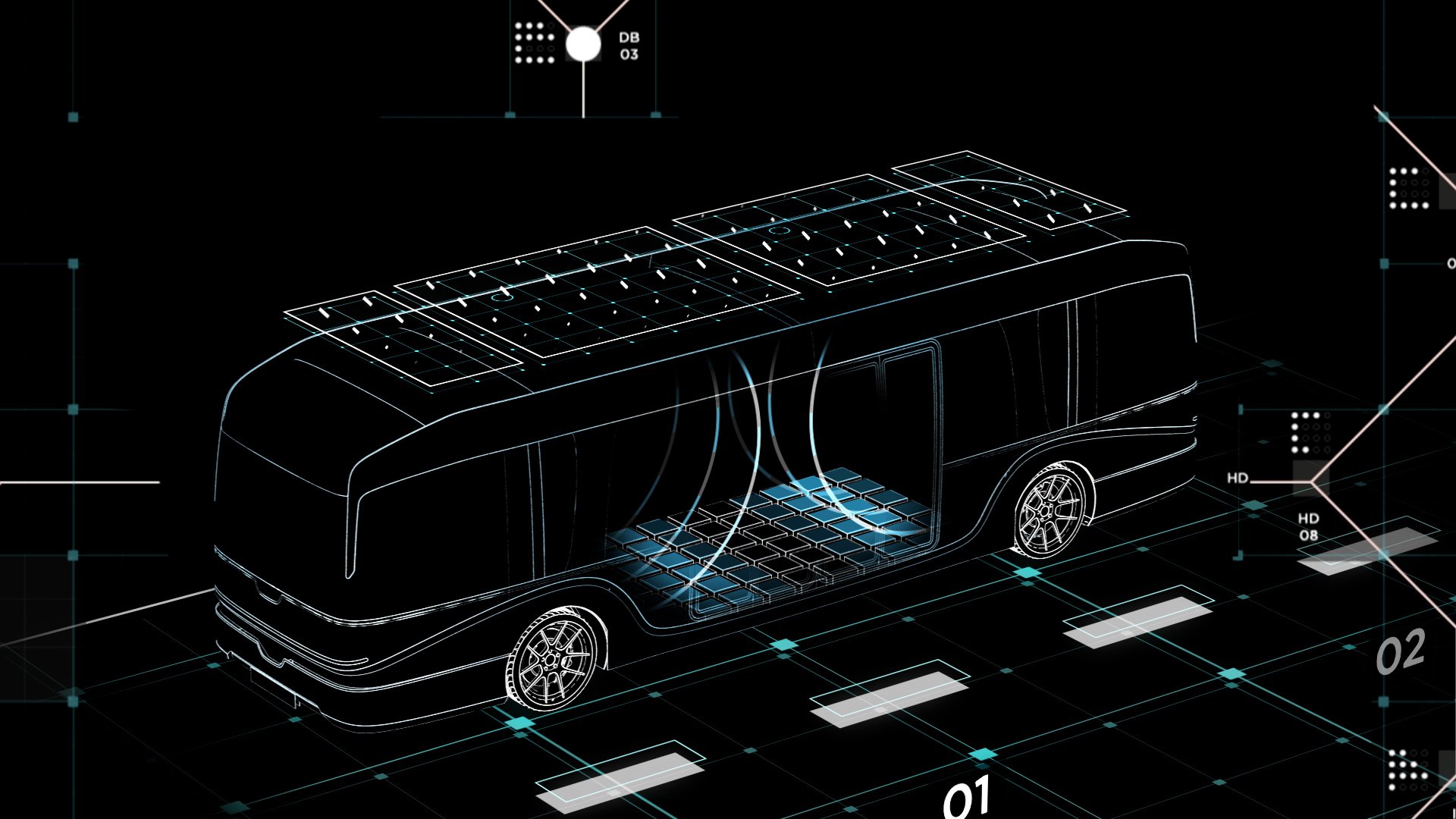
In the Brainport region of Eindhoven, a shift towards improving bike infrastructure and public transport is crucial to address growing traffic concerns. Current public transport options include buses and trains, but the area lacks light rail or subway systems. The Dutch government is investing €4 billion in public transport infrastructure to enhance connections to new housing developments, and a significant part of this investment will be made in the Brainport region. What would be the best way to invest in the long-term mobility needs of Brainport
Traditional alternatives: Light rail and subway systems
Light rail systems and subways are popular options for urban public transport. According to a study from the University of Texas, on average, bus rapid transit (BRT) costs $10.24 million per mile, while light rail transit (LRT) costs $26.4 million and metro rail transit (MRT) costs $128.2 million per mile. Although these systems provide high-capacity transport, their construction costs can be prohibitive.

China’s rapid expansion of its metro system is a prime example of how investing in subway systems can alleviate urban traffic congestion and boost local GDP. However, adapting to new commuting methods has been slow, with Chinese residents making significantly fewer trips on average compared to their counterparts in New York and Boston. In the Netherlands, the government has allocated €800 million for Eindhoven projects, focusing on the railway between Eindhoven and Helmond to support up to 60,000 new houses. This demonstrates the willingness to invest in rail infrastructure to address mobility needs.
Futuristic alternatives: Autonomous pods and smart transport systems
Autonomous pods and smart transport systems offer a glimpse into the future of public transport. Dubai’s ambitious plans for 25% of its journeys to be driverless by 2030 include the use of autonomous pods and air taxis. Pods have been tested in various settings, such as the US, France, and Switzerland since 2016, and have shown promise in serving practical and psychological purposes. They can supplement existing transport networks, providing efficient transport on busy commuter routes.
In the Brainport region, the Brainport Line is a proposed smart and emission-free public transport system using pods of various sizes driving on free lanes, interchanges, and arterial roads. The system would use sensor technology, autonomous driving, and platooning, with a step-by-step introduction until 2030. This scalable solution could be deployed in smaller cities and larger metropolises worldwide, offering economic opportunities for Brainport businesses.

Challenges and barriers in implementing alternatives
Implementing alternative public transport systems in the Brainport region faces challenges, such as the area’s relatively low population density and the tradition of building housing before expanding public transport. Furthermore, the cost of constructing light rail or subway systems can be prohibitive, and autonomous pods have experienced limited use cases so far. It is essential to consider regulatory, infrastructure, and social factors when evaluating alternative public transport systems for the Brainport region. Taking all that into account, the region is known for overcoming challenges and improving on existing technologies.
While it’s encouraging to see investments being made in bike infrastructure and bus systems, the Brainport region needs to take a big leap to truly address its mobility needs. Alongside improvements to current infrastructure, the region could explore more transformative solutions, such as autonomous pods or light rail systems. By taking bold steps towards sustainable and innovative mass transport, the region can reduce traffic congestion, improve air quality, and promote healthier and more active modes of transportation. With its reputation as a smart city, the Brainport region has the potential to lead the way in reimagining urban mobility for the future.

